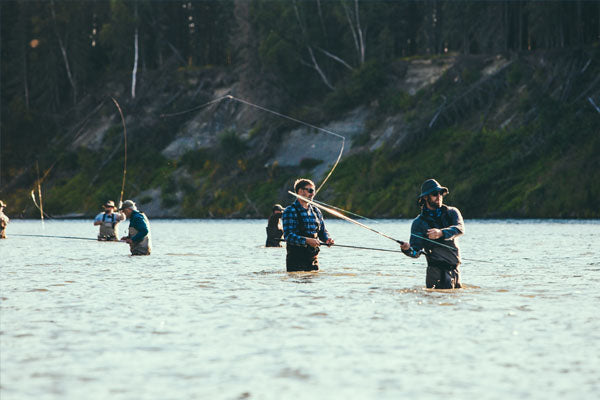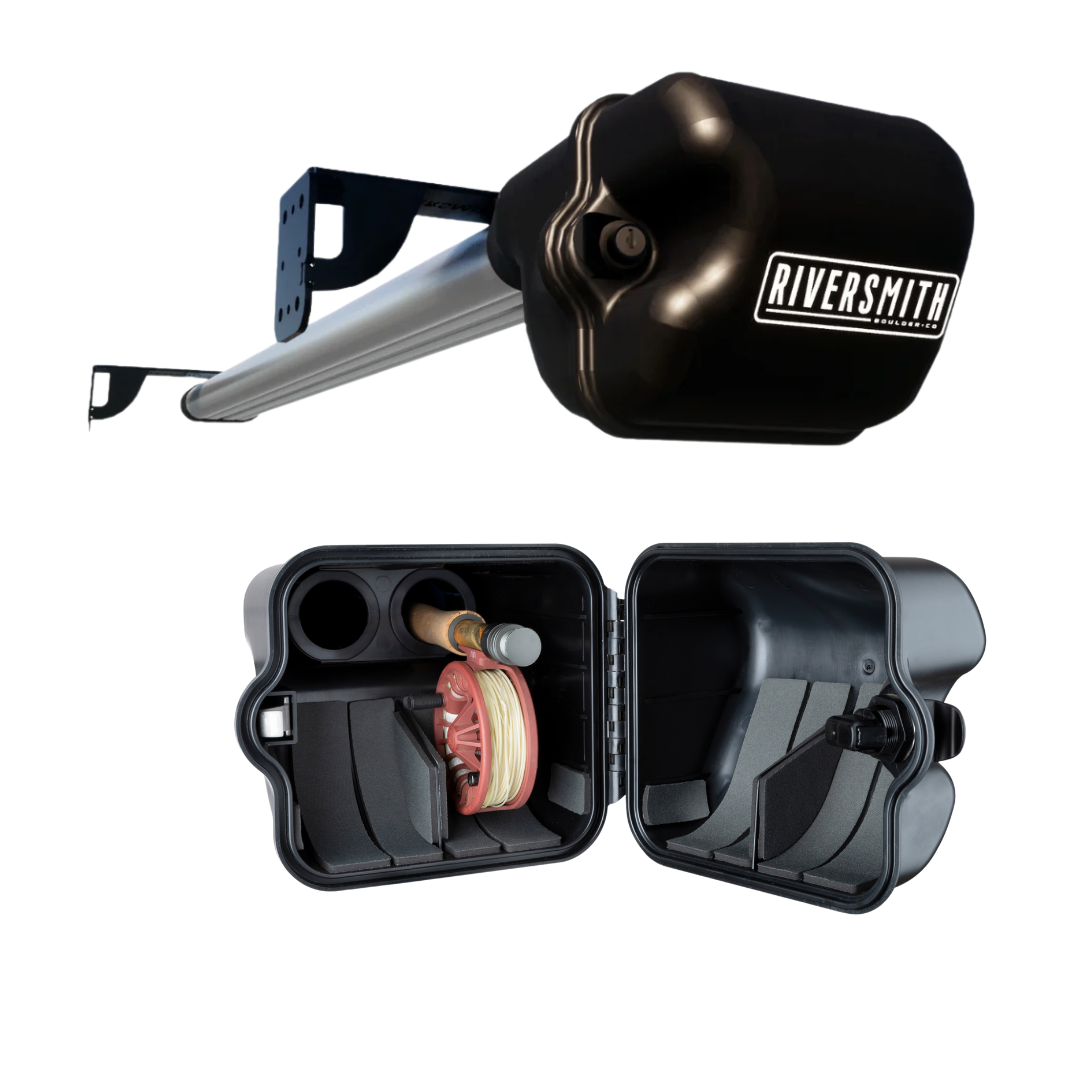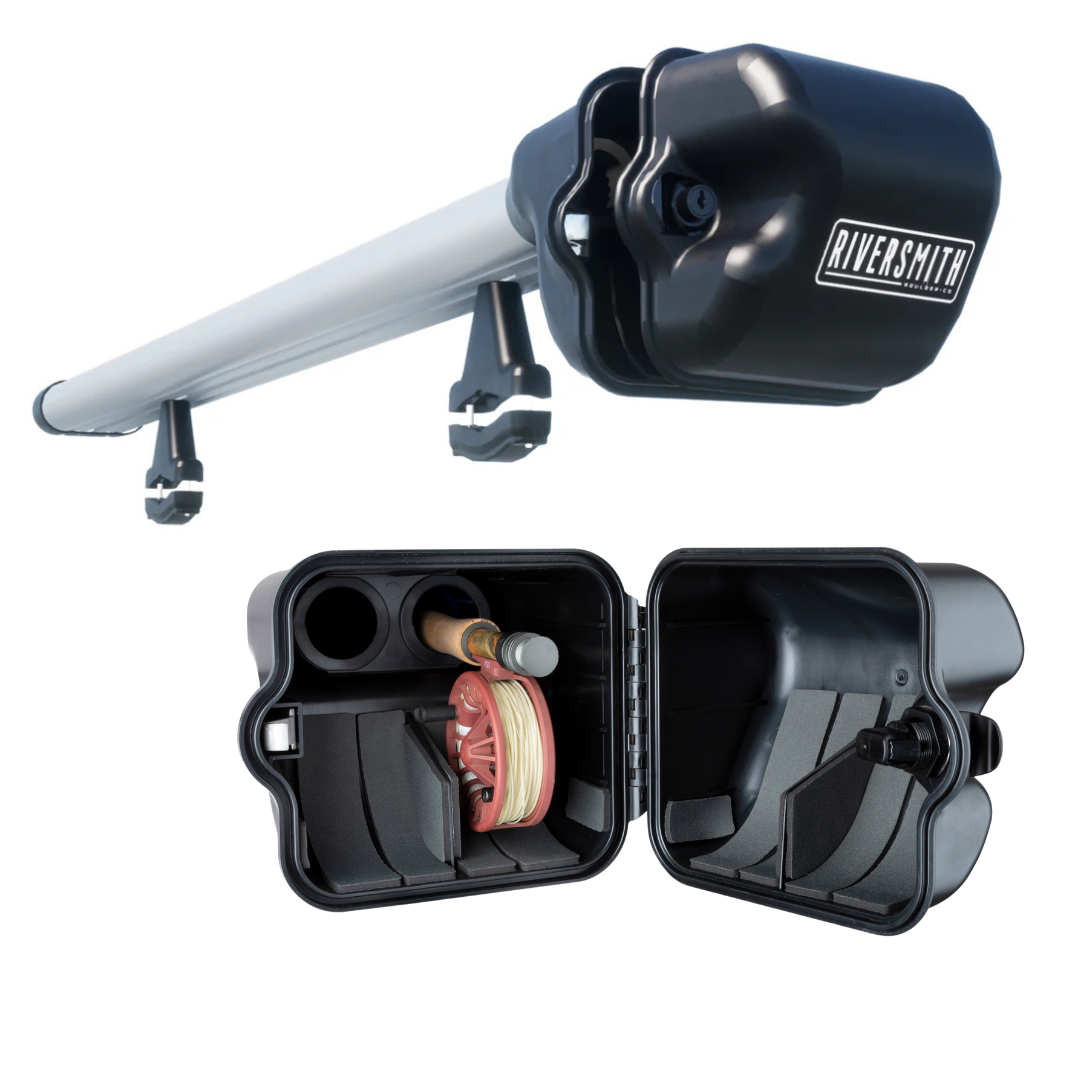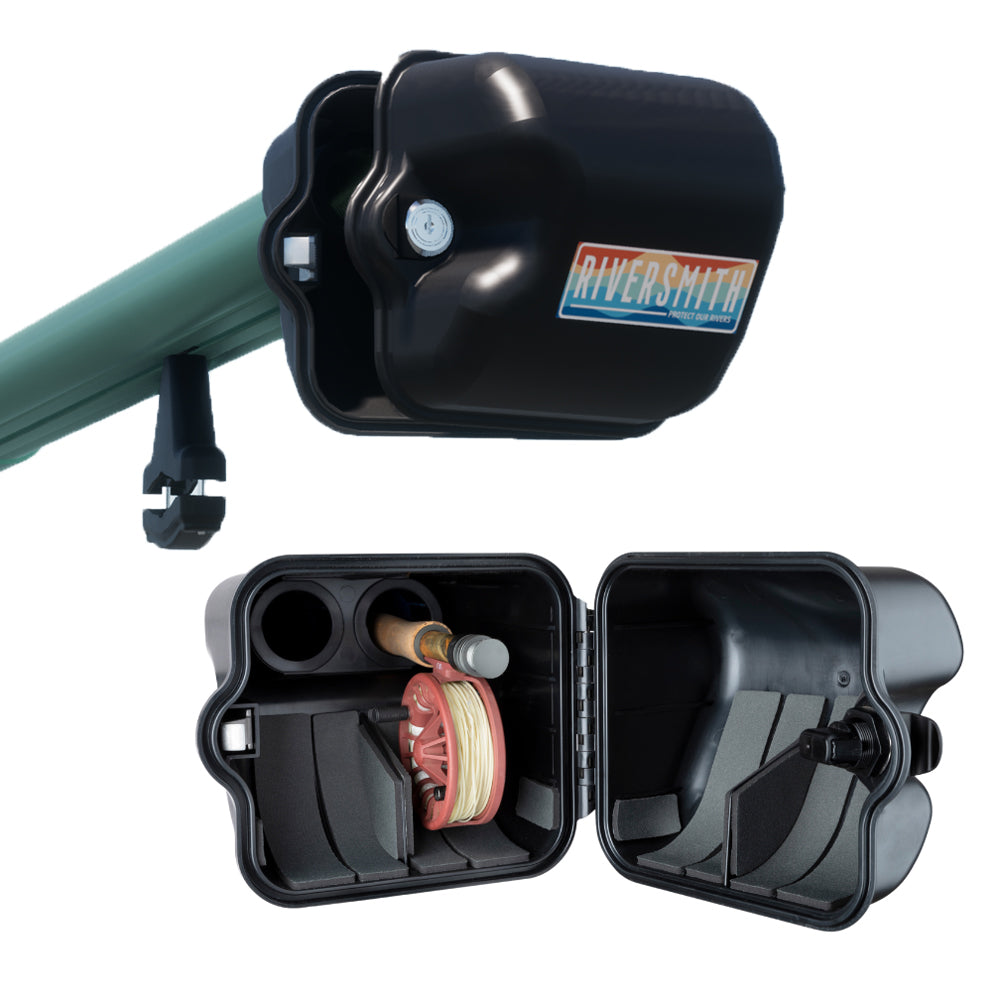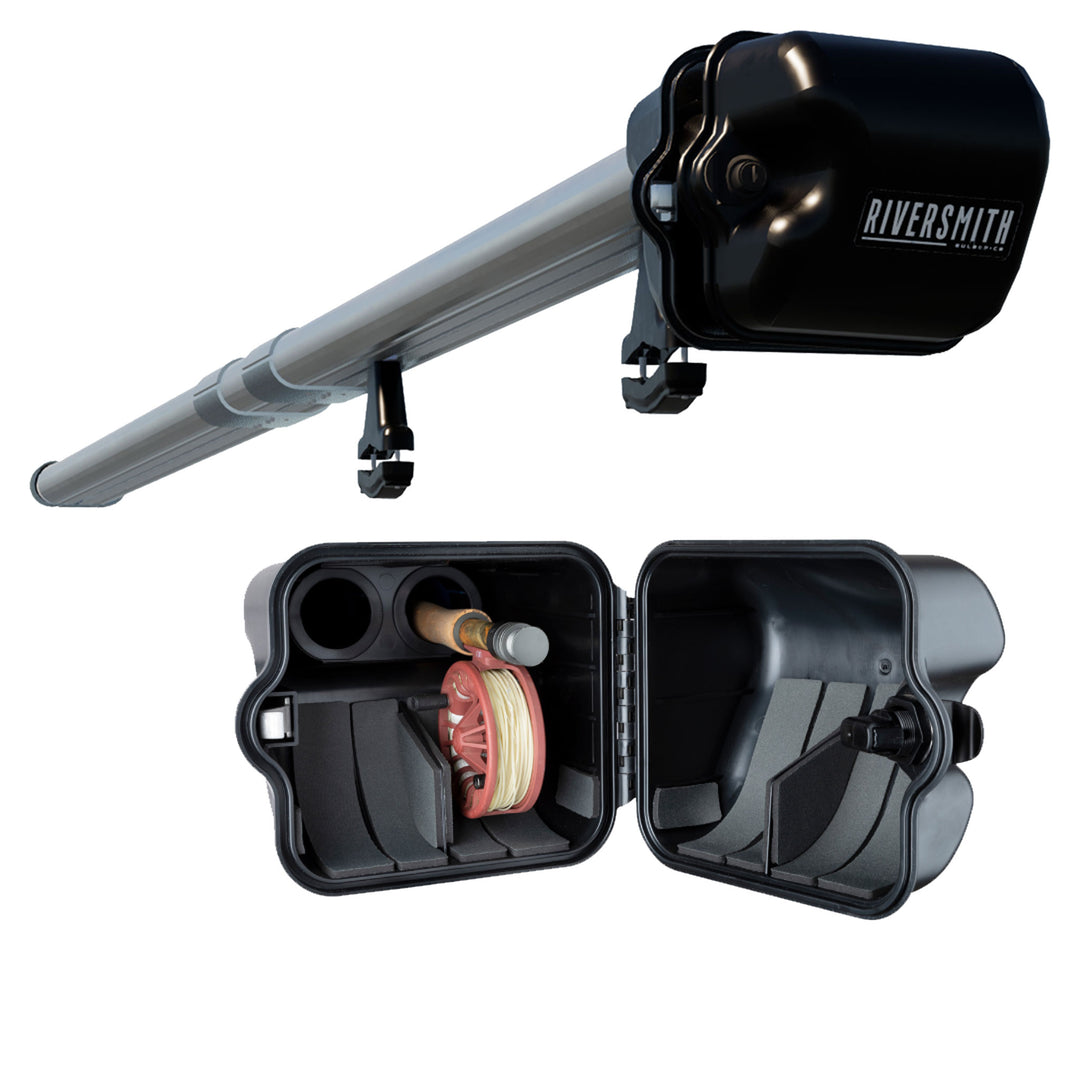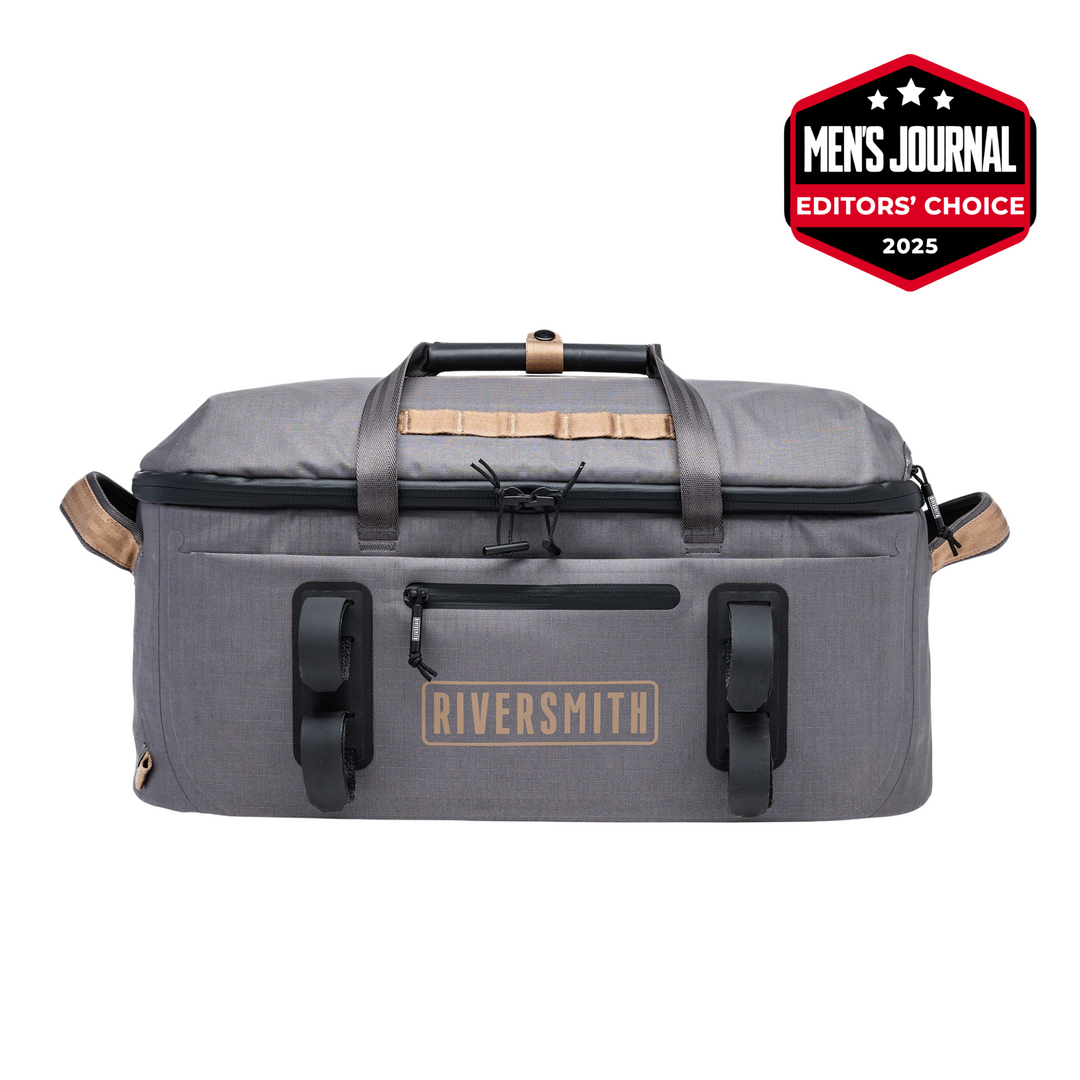Cutthroat Trout - Fly Fishing for the Sea-Run and Her Cousins
Introduction to the Pacific Northwestern Native Fish
The cutthroat trout is native to cold water tributaries spanning all the way from the Pacific Ocean to the Rocky Mountains and throughout the Great Basin. It’s common name, “cutthroat,” was given to the fish because of its distinguished red coloring that’s seen on the underside of its lower jaw, appearing as though its throat had been cut.

It’s scientific name, Oncorhynchus clarkii, is broken into two parts. Oncorhynchus, or Pacific salmon, is Greek for the hooked jaws that are most noticeable in the males during mating season. The other half of the name, clarkii, is in honor of William Clark, the infamous co-explorer of the Lewis and Clark expedition. Because they are found all throughout North America, it has given them several nicknames, the most popular being “blue-back,” “sea trout,” and “harvest trout.”
Types of Cutthroat Trout
Due to evolution, repeated splintering and isolation of the cutthroat trout over several hundred years, there are now over fourteen subspecies of the cutthroat trout. The most common of these subspecies discussed in the fly fishing community, and also the leaders of the four evolutionary groups the cutthroat has been divided into:
- Coastal Cutthroat, a.k.a. “The Sea-Run”
- Westslope Cutthroat
- Yellowstone Cutthroat
- Lahontan Cutthroat
Appearance and Size
Because there is such a variety of cutthroat and several subspecies today, they are a bit more difficult to distinguish appearance-wise. Ranging anywhere from golden, to green, to gray on their backs, the undersides of the mandibles can also sport red, pink, or orange linear marks. These ranges in color lead many anglers to misidentify them as rainbow trout. To decipher a rainbow trout from a cutthroat, one must look inside the mouth of the fish. A cutthroat houses basibranchial teeth at the base of their tongue and maxillary teeth that extend out to the posterior edge of their eye.
The presence and arrangement of these teeth also lend to the name “cutthroat” for they give the fish’s appearance a wider mouth. That being said, they are not the only species to have these unique markings; some coastal rainbow trout and Columbia River redband trout also have these markings, as well as a pinkish or reddish hued throat.
An abundance of cutthroat subspecies also plays a role on the fish’s varying size; anywhere from six to forty inches, their increase or decrease in size predominantly depends on their access to food and their particular environment. There is a species of cutthroat that live a portion of their lives in fresh-water and a portion of it in salt-water, also known as sea-run cutthroat, or coastal cutthroat trout. Coastal cutthroat trout average two to five pounds in weight and seldom exceed eighteen inches, whereas their counterparts, the stream-resident fish, are much smaller and weigh around a half ounce to around three and a half ounces. However, lacustrine populations of cutthroat have weighed in much heavier, anywhere from twelve to seventeen pounds. The largest cutthroat ever caught was of the Lahontan group, caught in 1925 by early settlers around Nevada's Pyramid Lake; the world record cutthroat caught was forty-one pounds!
Habitat and Diet of the Cutthroat Trout
Inhabiting shallow rivers with gravel bottoms, the cutthroat trout is most commonly found in the freestone streams typical to the Great Basin region, in waters throughout the Rocky Mountains, and along the Pacific coast in North America. The cutthroat will also spawn where they inhabit, so long as the water is moderately large, clear, well-oxygenated, and rather shallow. Spawning for this species of fish typically takes place in the spring, as early as February and as late as July.

To spawn, the cutthroat creates a redd, which is just a nest where they can safely lay their eggs. The female cutthroat will select the site for the redd and begin the excavation process, so that it can house anywhere from 200 to 4,400 eggs. Once the redd is constructed and the eggs are laid, the male cutthroat will begin fertilization.
Cutthroat are known as opportunistic feeders, meaning they will eat anything they come across. This includes larval, pupal, caddisflies, stoneflies, mayflies, ants, beetles, grasshoppers, crickets, and even crayfish, shrimp, and other crustaceans. They’ve even been known to eat other fish eggs! The coast cutthroat is even less picky in their food source choices and has an appetite for smaller fish such as sculpins, herrings, salmon fry, sand lance, and krill.
Fishing for Cutthroat Trout
Coastal Cutthroats
The most popular places that anglers head for to fish the cutthroat trout are the Puget Sound in Washington and Southeast Alaska. This is because the coastal cutthroats are easy to find in sea-run streams which are plenty in these areas. A common tactic of anglers is to fish upon drift boats that allow them to cover a lot of distance along tributaries where they can dip their line around the wooded shorelines.
In order to snag a coastal cutthroat trout, look in bays and tidewaters. Coastals like these areas because they are often chock full of juvenile salmon and steelheads, and are often covered in sunken trees and brush shorelines. To capitalize on these hotspots, flies and lures that imitate young salmon should be all you need. So long as you’re out on the water during high tide during the morning or evening hours, you can be confident of an aggressive cutthroat bite as soon as your lure hits the water’s surface.
Freestone Cutthroats
Because of their indistinct diet, baiting for a stream-resident cutthroat is not a complicated decision for anglers to make. Aquatic nymphs and larvae found below the surface of the water are a cutthroat favorite; because of this, imitation nymphs such as the Bead Head Pheasant tail are a tried-and-true bait. Another promising option is to use dry fly patterns that are similar in appearance to stoneflies and mayflies.
When you decide to use a dry fly, using a Stimulator will fool the cutthroat into biting, especially if natural stoneflies are flying about the fishing spot. Remember, they are not picky eaters, so a variety of well-known imitator type patterns for nymphs and dries will certainly do the trick.
Most high elevation streams and lakes are their home base, mostly because they house wooden shorelines with gravel bottoms, so casting in these areas makes the chances of hooking a cutthroat pretty likely. Because these fish are so aggressive, feed on just about anything that comes their way, and are widespread throughout North America, even a novice angler has good chances of catching one.
The Cutthroat Trout- A North American Symbol
The state fish to Idaho, Montana, and Wyoming, with subspecies of cutthroat being the state fish to Colorado, Nevada, New Mexico, and Utah, the cutthroat trout is a North American symbol. The latter half of its scientific name honoring William Clark of the Lewis and Clark Expedition, an angler does not think of the cutthroat without thinking of its incredibly vast and native landscape. To fish a cutthroat is to be in some of the best country the world offers.
However, because they are such a popular fish in the angling arena, their populations are on a dramatic decline, most noticeable in the Yellowstone cutthroat population. So the next time you set out to catch a cutthroat, consider letting it go free. This not only takes care of the fish, but pays respect to the waters you’re fishing.


